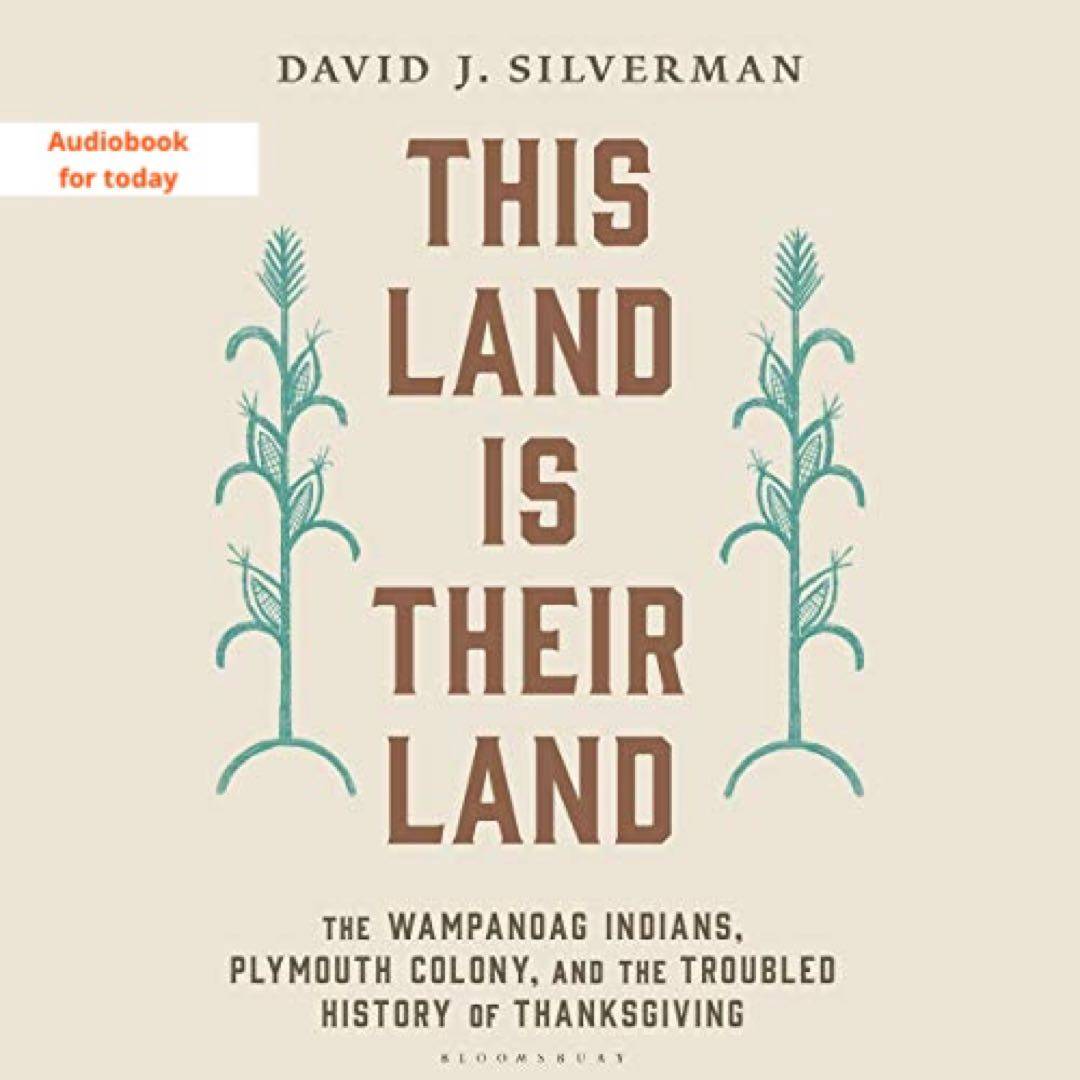
Thanksgiving read, because while the mythology is mostly true, the history didn't stop there.

Thanksgiving read, because while the mythology is mostly true, the history didn't stop there.
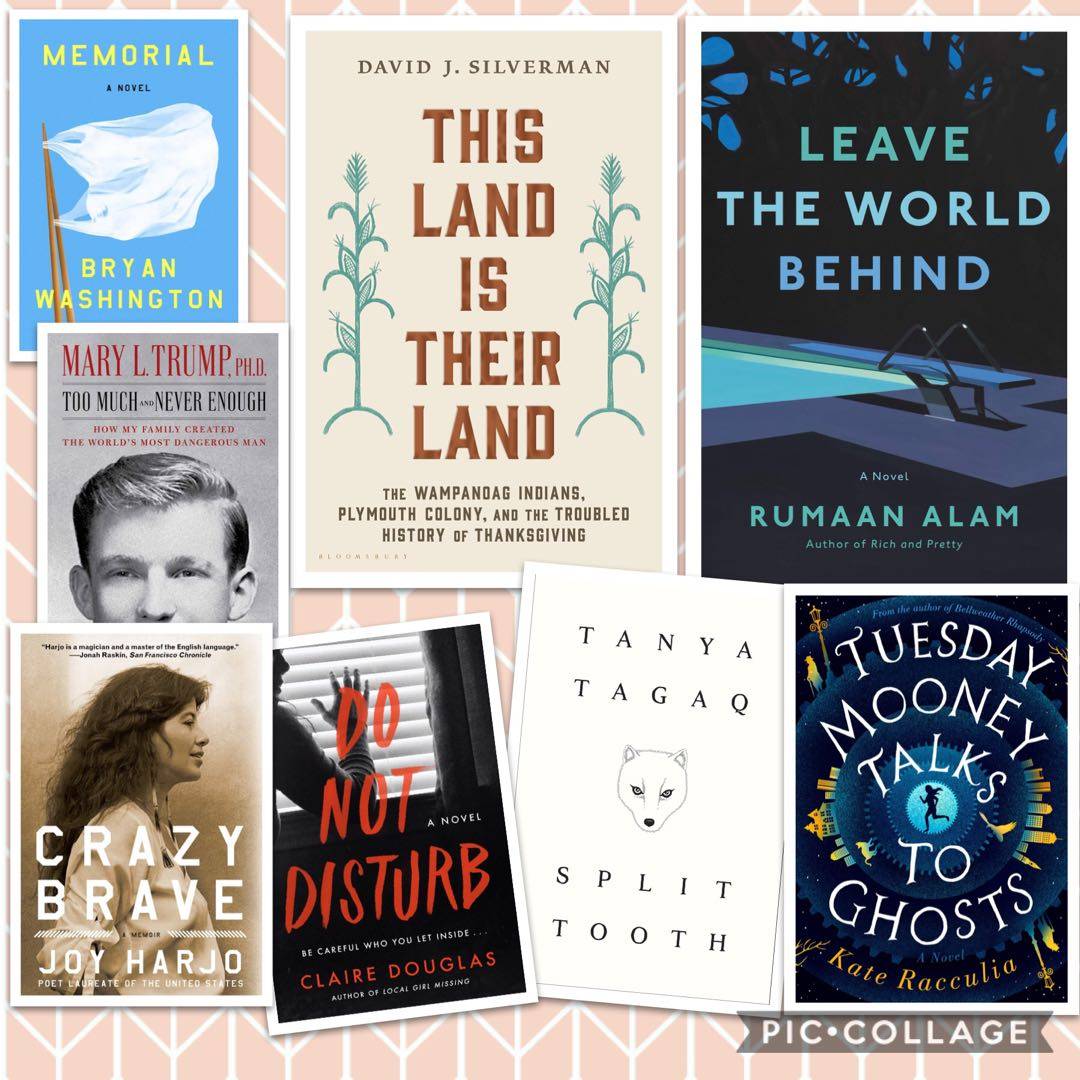
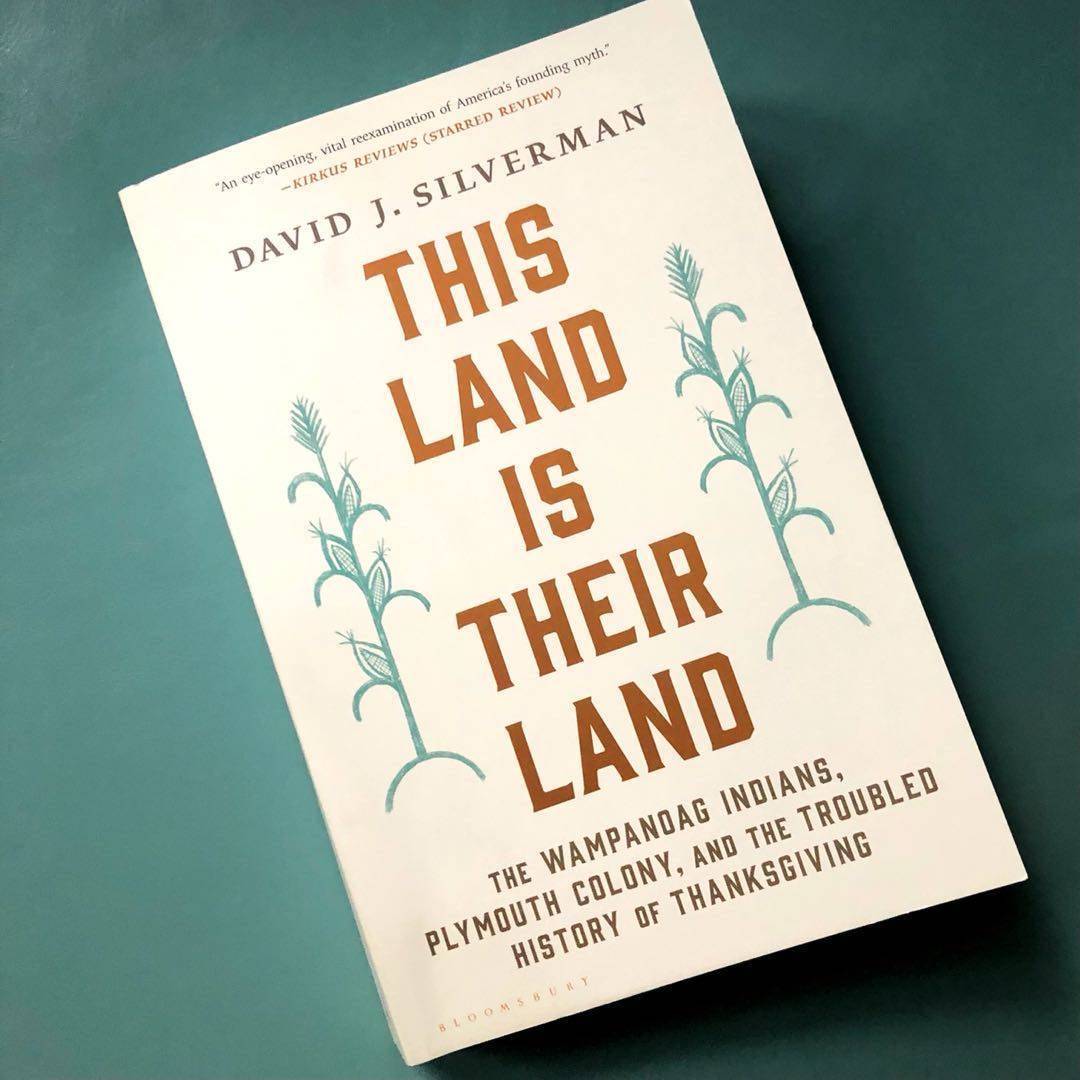
This was my read for the holiday weekend. I grew up on occupied Nehantic land not far from the Pequot and Mohegan reservations in Connecticut, so I‘m intimately familiar with the areas heavily featured in this book. A lot of the realities of what went down are difficult to stomach. I had nightmares the night I finished the book, however it‘s important to know the reality of our history. Indigenous history IS American history.
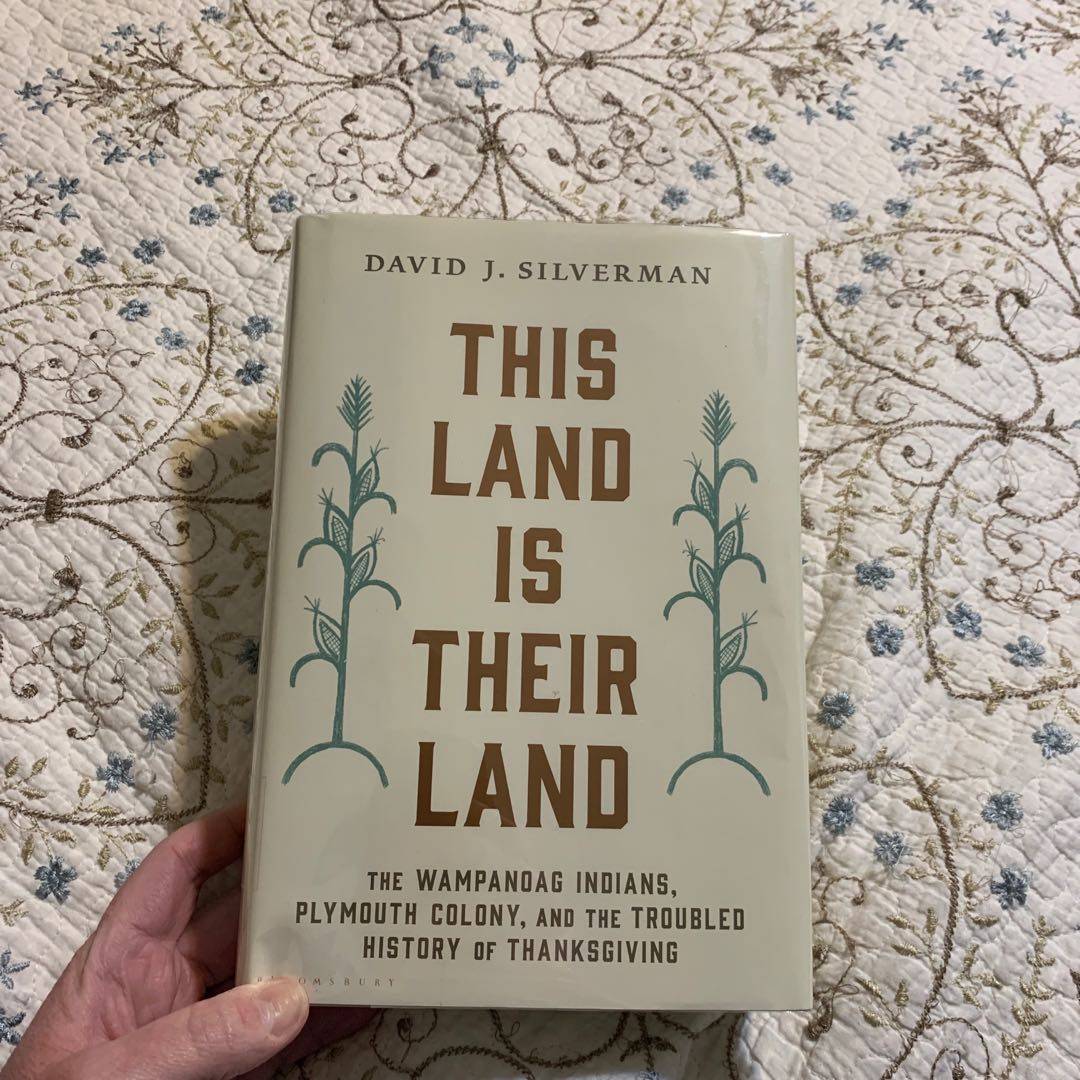
If you‘re a fan of the US pilgrim pageantry at Thanksgiving, and/or a narrative nonfiction lover, this book is not for you. This is a very academic, yet extremely necessary, view of the history Wampanoag Indians, from pre-colonialism up to present day. It‘s heartbreaking and maddening. It‘s over 400 pages of text, with nearly 100 pages of end notes. I‘m so glad I read it. I learned so much, way more than any other text I‘ve read. 🌟🌟🌟🌟
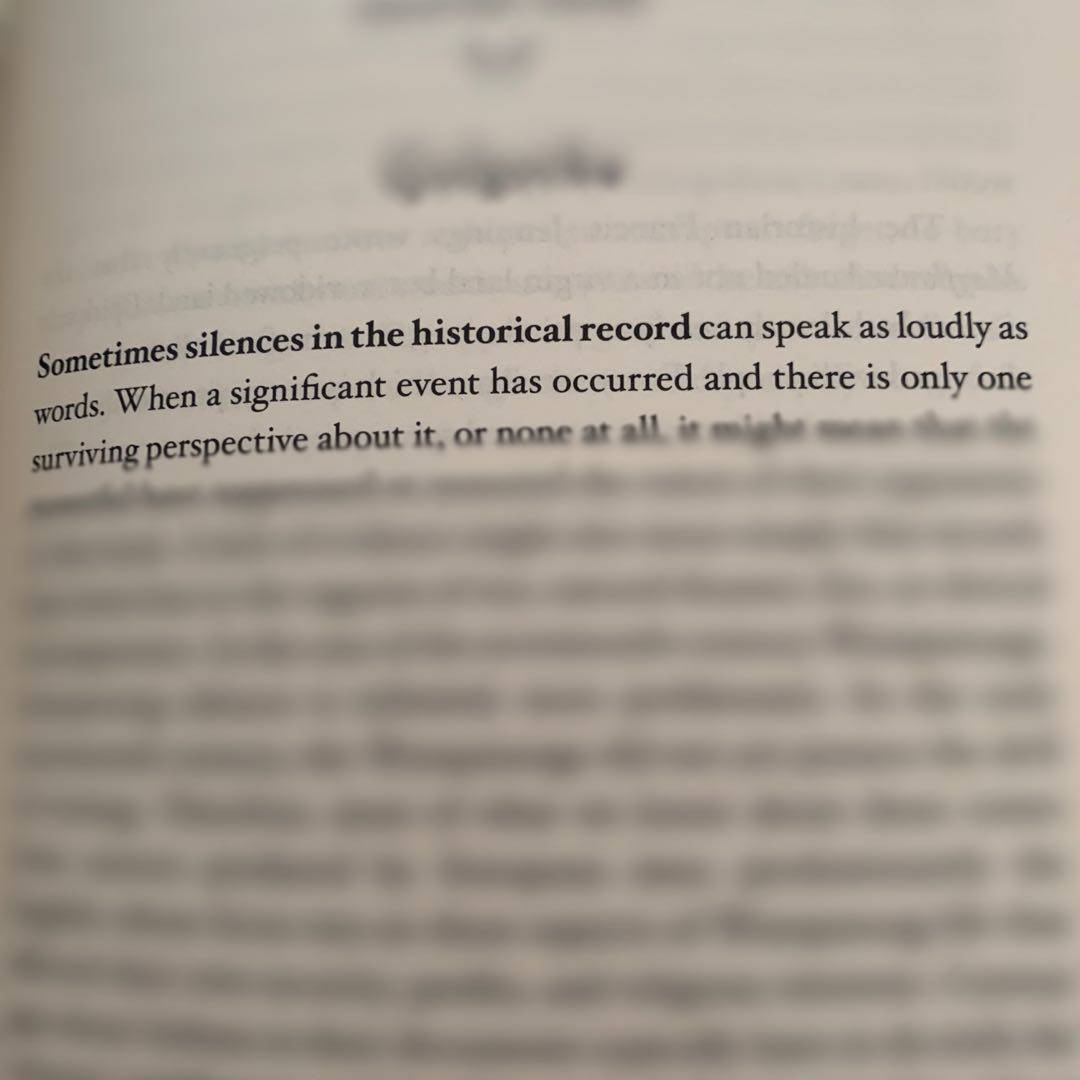
“Sometimes silences in the historical record can speak as loudly as words.”
I was just thinking this morning about the way we interpret history - historical record passed down is mostly from the victors or those who have the best ability to record an event (those who have a written language and can record an event with the pen).
In the case of the Wampanoag, the English man got to tell the story. #NFNov
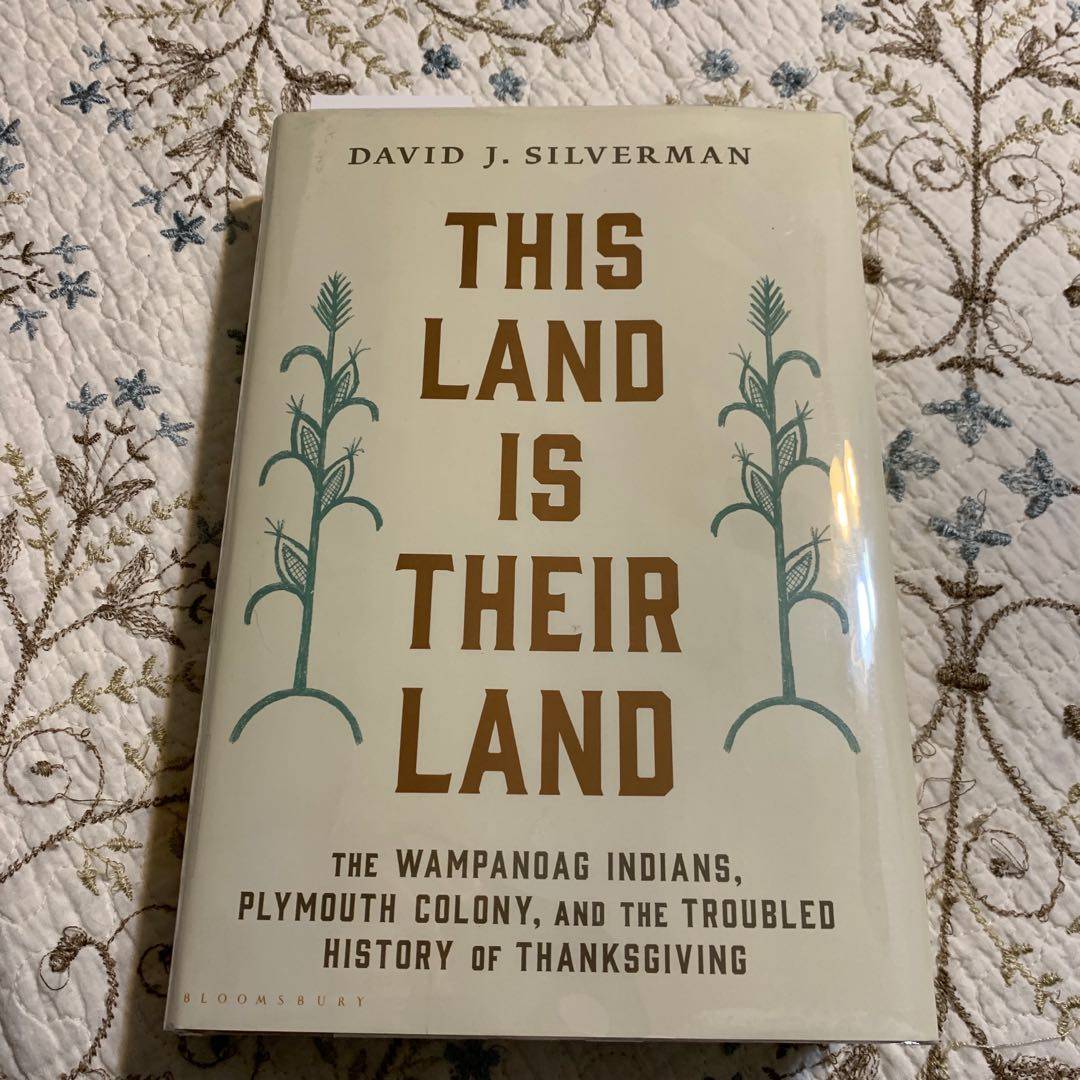
#TIL : A whole lot more about the Native American tribes living in southern New England prior to the European colonization of the US‘ Northeast. It was interesting how experts have pieced together roughly when these groups started growing maize and beans (about a thousand years ago).
This is a good read for the Thanksgiving week - a closer to the truth story of the first “Thanksgiving” in the US. #NFNov